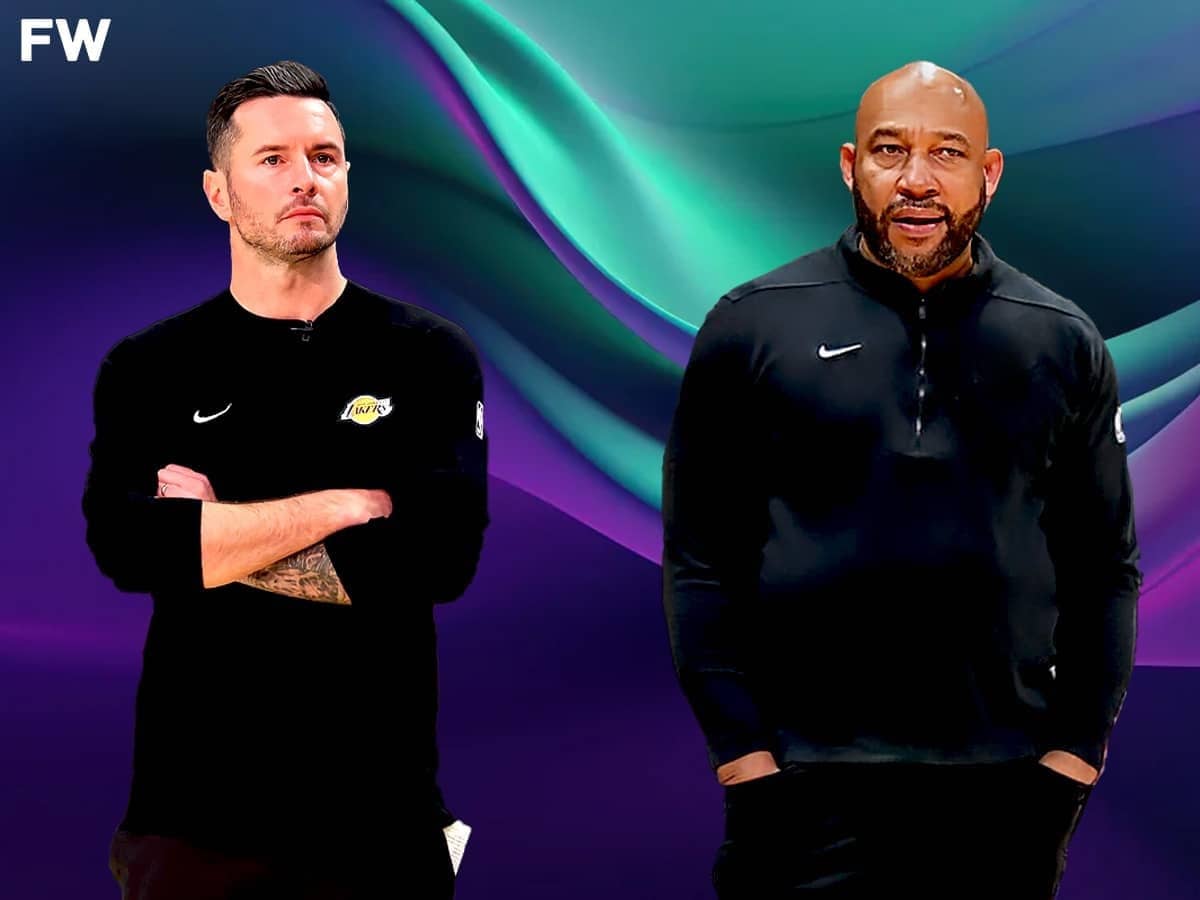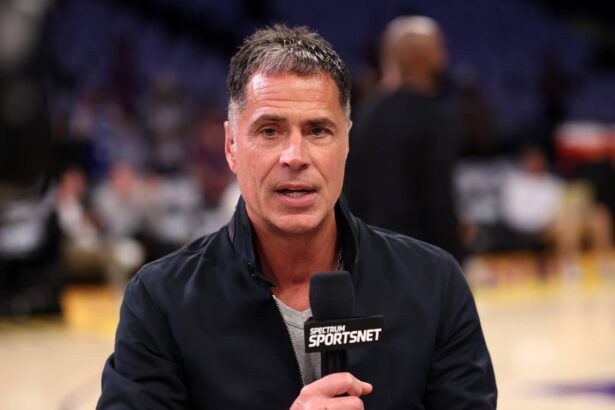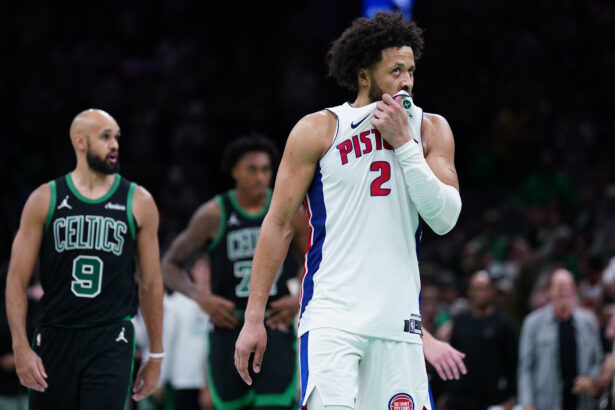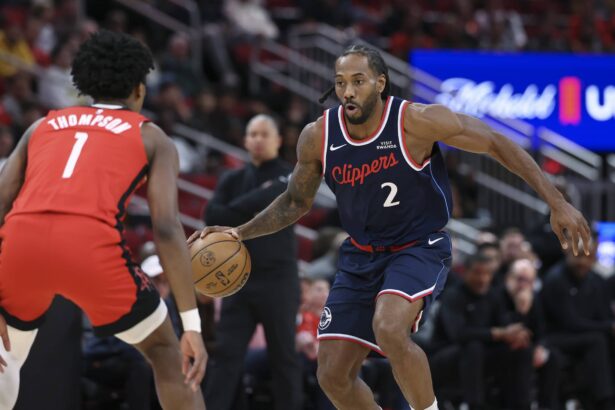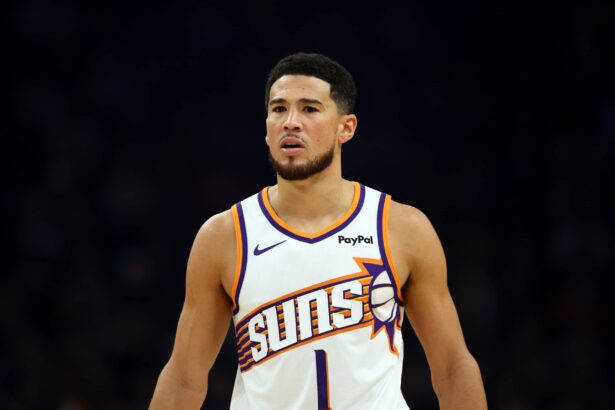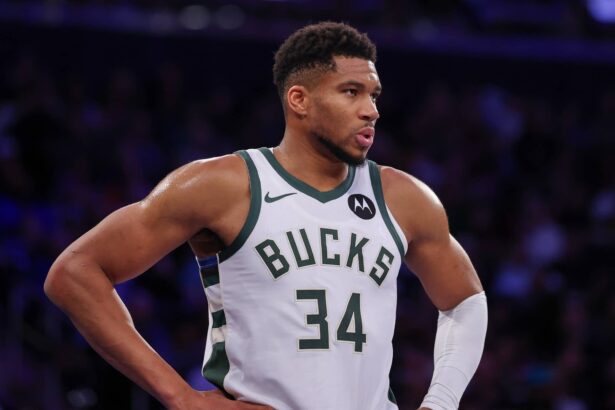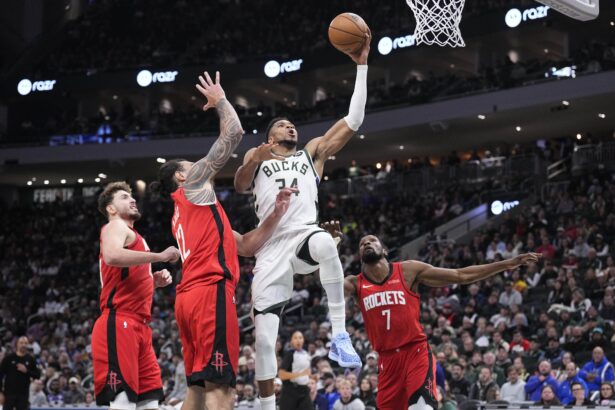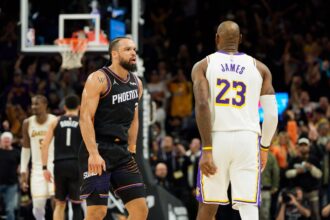The Los Angeles Lakers are off to a fascinating start under JJ Redick, a first-time head coach whose 12-10 record mirrors the team’s 13-9 start under Darvin Ham. While the records are nearly identical, the story behind the numbers is anything but. Redick has leaned heavily on pace and spacing, showcasing an improved offensive efficiency with LeBron James still orchestrating and Anthony Davis anchoring the defense.
However, glaring issues remain: the team has struggled with consistency, bench production, and perimeter defense, leaving fans wondering if the Redick experiment can deliver the championship aspirations the franchise craves. At the same time, some are looking back at Darvin Ham’s stint with the Lakers and pointing out that the team might have been better under him when just looking at last season and ignoring the 2022-23 campaign.
To analyze which coach has done a better job with the Lakers (albeit Redick has only had 22 games with the team compared to Ham’s 185 games including playoffs over two seasons), we will provide the stats and an analysis to break it down.
Regular Season Record
JJ Redick: 12-10
Darvin Ham: 90-74
Starting his first season as an NBA head coach, JJ Redick has led the Lakers to a 12-10 record through 22 games. While his .545 win percentage mirrors Darvin Ham’s start to the previous season, the growing pains of a new system have been evident. Redick’s adaptability has been tested, mainly due to inconsistent shooting performances and some bad results including back-to-back blowouts. Still, his emphasis on disciplined ball movement and offensive variety has prevented the team from falling into prolonged slumps.
Across two seasons, Ham compiled a solid 90-74 record, good for a .549 win percentage. Ham’s tenure was marked by stretches of brilliance, particularly in the second half of last season when the Lakers surged into the playoffs. However, Ham’s regular-season record often reflected struggles with closing games, particularly against higher-seeded teams, and his reliance on LeBron James’ brilliance sometimes masked systemic flaws.
Both coaches have delivered competitive starts, but Redick’s learning curve is evident compared to Ham’s experience handling a full 82-game slate. Ham’s consistency over two seasons demonstrated his ability to steady the team during adversity, while Redick is still in the process of finding his footing as a head coach.
Redick’s immediate challenge is to string together wins against top-tier opponents and optimize rotations as the season progresses. Whether his Lakers can surpass Ham’s best regular-season moments will hinge on their ability to tighten defensive schemes and maximize bench production.
Playoff Record
JJ Redick: TBD
Darvin Ham: 9-12
With no playoff games under his belt as a head coach, Redick remains an unknown quantity in the postseason. His prior experience as a player and analyst offers some insight into his strategic acumen, but leading a team in the playoffs presents unique challenges. How he adjusts to opponents in a series format will be crucial to his legacy as a coach.
In two playoff appearances, Ham’s 9-12 record reflects a mixed bag of results. His most notable achievement was guiding the Lakers to the Western Conference Finals in 2023, a run that featured inspired adjustments like inserting Rui Hachimura as a defensive weapon. However, Ham’s inability to make mid-series adjustments against the Denver Nuggets raised questions about his postseason ceiling.
While Ham has proven himself capable of delivering deep playoff runs, Redick’s postseason potential remains speculative. However, Redick’s meticulous preparation and fresh offensive schemes could offer the Lakers a new dimension come playoff time.
Should the Lakers qualify for the postseason, Redick will be tasked with proving he can navigate the intensity and strategic depth required in playoff basketball. His ability to outmaneuver experienced coaches will be critical in determining the Lakers’ championship viability.
Offense
JJ Redick: 111.5 PPG, 26.5 APG, 97.9 Pace, 113.8 Offensive Rating
Darvin Ham: 117.6 PPG, 26.9 APG, 101.1 Pace, 115.2 Offensive Rating
Redick’s offense has prioritized ball movement, averaging 26.5 assists per game, a slight dip from Ham’s numbers but reflective of his emphasis on teamwork. With a pace of 97.9, the Lakers have slowed down slightly, allowing for more calculated possessions. The team’s offensive rating of 113.8 shows promise but also highlights room for improvement in efficiency.
Ham’s offense leaned on a faster pace (101.1) to maximize transition opportunities, particularly with LeBron James and Anthony Davis excelling in fast-break situations. The Lakers averaged 117.6 points per game under Ham, buoyed by strong performances from their stars and opportunistic scoring from the bench.
Redick’s slower, more methodical approach contrasts with Ham’s up-tempo style. While Redick’s sets have improved ball distribution, Ham’s pace-driven offense often created easy scoring chances. The slight dip in offensive output under Redick raises questions about the team’s ability to maintain scoring balance.
For Redick’s system to thrive, the Lakers will need consistent shooting from role players and better execution in late-game scenarios. Meanwhile, finding a middle ground between pace and efficiency could be the key to unlocking the full potential of the offense.
Defense
JJ Redick: 115.7 OPPG, 7.5 SPG, 4.4 BPG, 118.2 Defensive Rating
Darvin Ham: 117.0 OPPG, 6.9 SPG, 5.1 BPG, 114.6 Defensive Rating
The Lakers have struggled defensively under Redick, posting a defensive rating of 118.2, a noticeable drop compared to Ham’s tenure. While the team is forcing 7.5 steals per game, their rebounding (40.3 RPG) and shot-blocking (4.4 BPG) have declined. These lapses have resulted in opponents averaging 115.7 points per game, exposing weaknesses in perimeter defense.
Defense was a cornerstone of Ham’s philosophy, with a defensive rating of 114.6 reflecting better overall team performance on that end. The Lakers averaged 5.1 blocks and 6.9 steals per game, with Ham relying on Anthony Davis as a defensive anchor. However, the team often struggled against high-scoring guards, a vulnerability that was exploited in key games.
Redick’s system has yet to deliver the defensive results needed to sustain championship aspirations, especially given the team’s decline in rebounding and rim protection. Ham’s defenses, while not elite, were more consistent in critical moments, often keeping the Lakers in games.
For Redick, shoring up defensive rotations and emphasizing physicality will be essential. The Lakers’ success will depend on their ability to minimize easy baskets and win the rebounding battle, areas where Ham had a slight edge.
Style Of Play
JJ Redick: Ball movement, less time on the ball, plenty of off-ball screens, and set plays to get everyone involved
Darvin Ham: Four-out, one-in motion offense to allow for positioning around Anthony Davis or LeBron James
Redick’s style is rooted in modern basketball principles, emphasizing ball movement and quick decision-making. His system minimizes isolation plays, focusing instead on orchestrated off-ball screens and set plays designed to keep all five players involved. This approach creates opportunities for secondary scorers and has occasionally allowed the Lakers’ role players to shine, such as D’Angelo Russell and Rui Hachimura stepping up in key moments. However, this style demands precision and consistent execution, which the team has struggled to maintain against elite defenses.
Ham’s four-out, one-in-motion offense was designed to optimize the unique talents of Anthony Davis and LeBron James. By spacing the floor with shooters and positioning Davis or LeBron as the focal point in the paint, Ham’s system allowed for efficient post-ups, drive-and-kick opportunities, and a steady stream of open perimeter looks. While effective, this approach sometimes became predictable, especially when secondary scorers failed to hit their shots, leading to stagnant stretches of offense.
Redick’s approach offers a more egalitarian offensive philosophy compared to Ham’s star-focused strategy. While Redick’s ball movement can make the Lakers less predictable, it has occasionally come at the expense of exploiting mismatches involving LeBron and Davis. Ham’s system, while simpler, leaned heavily on the brilliance of his stars to generate offense, which often worked but also left the team overly reliant on their availability and health.
Redick’s success hinges on striking a balance between his structured, team-oriented style and leveraging the individual dominance of LeBron and Davis. If he can incorporate elements of Ham’s motion offense while maintaining his emphasis on ball movement, the Lakers could become one of the league’s most dynamic offensive teams. On the other hand, failure to adapt could leave them vulnerable against playoff-caliber defenses.
JJ Redick Is A Promising Coach But Stats Say The Lakers Were Slightly Better Under Darvin Ham
JJ Redick’s entry into coaching has been met with intrigue and optimism, with the former sharpshooter bringing fresh ideas and a cerebral approach to the Los Angeles Lakers. However, a deep dive into the numbers suggests that while Redick’s philosophy shows promise, the Lakers were statistically more consistent and effective under Darvin Ham. From offensive efficiency to defensive discipline, Ham’s two-season tenure set a foundation that Redick is still striving to replicate.
While Redick’s emphasis on ball movement and modern set plays has invigorated the team’s offensive rhythm, the slight dip in points per game and defensive efficiency highlights growing pains that can’t be ignored. Ham’s star-centric four-out, one-in-motion offense, while less nuanced, often capitalized on the unique strengths of LeBron James and Anthony Davis in ways that delivered tangible results.
The Lakers under Redick have shown flashes of brilliance but remain a work in progress, particularly on the defensive end where rebounding and rim protection have noticeably regressed. For Redick to prove he can surpass Ham’s impact, he will need to combine his strategic innovations with the fundamental reliability that defined the Lakers under his predecessor. The journey may just be beginning, but the stats suggest there’s still a long way to go.
Could LeBron James’ Slight Decline Be A Factor?
LeBron James, nearing his 40th birthday, continues to defy expectations, but even The King isn’t immune to the effects of time. Under JJ Redick, LeBron has remained the heart of the Lakers’ offense, yet subtle signs of decline have emerged. His three-point shooting has dipped to one of the lowest marks of his career, and his defensive mobility has slightly regressed.
His numbers look good but the dip is obvious. James is posting 22.3 points, 7.9 rebounds, and 9.0 assists per game on 49.1% from the field, 34.2% from three, and 75.8% from the free-throw line. James’ scoring average is the lowest since his rookie season (20.9 PPG) and he doesn’t have it in him to take over the scoring load every night like he used to.
These changes inevitably impact the Lakers’ performance. Redick’s system relies heavily on ball movement and off-ball activity, a departure from the more isolation-heavy sets LeBron thrived in under Darvin Ham when he was a year or two younger. While LeBron’s basketball IQ allows him to adapt, his reduced explosiveness limits the system’s efficiency in crunch time when individual brilliance is often needed.
Darvin Ham’s system was better suited to a LeBron-led offense, maximizing his strengths as a post scorer and playmaker in the paint. Under Ham, LeBron was able to mask some of the team’s flaws with his dominance. Under Redick, the burden is shared more evenly, but it also exposes the cracks in the Lakers’ supporting cast, particularly in inconsistent shooting from role players.
It might be easy to say the Lakers were better number-wise under Ham but the fact that the face of the franchise is turning 40 years old this month means Redick has “inherited” the version of LeBron that is on the clear decline despite his impressive productivity. That ultimately could be the difference in the Lakers’ performances across the board in 2024-25.
Thank you for being a valued reader of Fadeaway World. If you liked this article, please consider following us on Google News. We appreciate your support.

